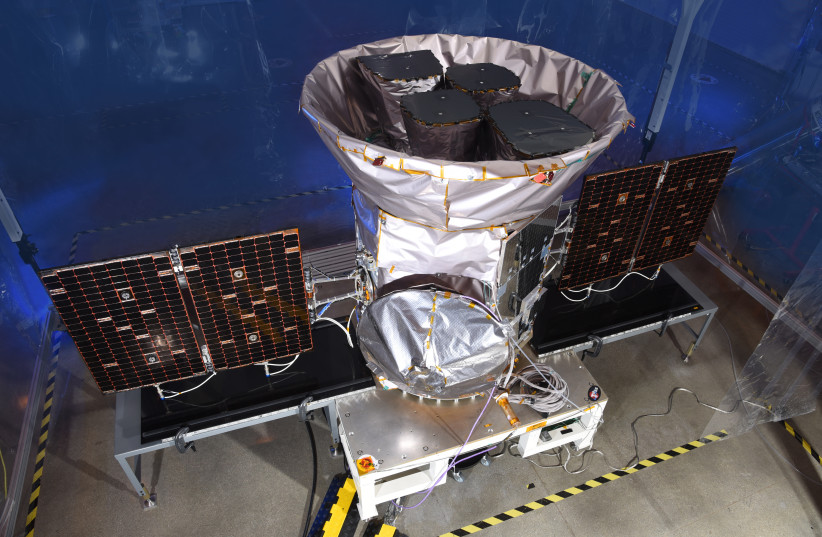Researchers from MIT and other institutions recently discovered a multi-planet system just 33 light years from Earth, making it one of the nearest multi-planet systems yet discovered.
The findings were presented on Wednesday at the meeting of the American Astronomical Society in Pasadena, California.
A dwarf star called HD 260655 is located at the center of the system, orbited by two planets about the size of Earth. Theseplanets are likely uninhabitable because their orbits are tight, making conditions too hot to sustain water.
Scientists, however, believe the brightness of the star and its proximity to Earth could provide new insight into the planets and their atmospheres.
“Both planets in this system are each considered among the best targets for atmospheric study because of the brightness of their star," according to Michelle Kunimoto of MIT's Kavli Institute for Astrophysics and Space Research, who was one of the lead researchers in the study. "Is there a volatile-rich atmosphere around these planets? And are there signs of water or carbon-based species? These planets are fantastic test beds for those explorations.”
Discovery
“These negotiations are sometimes quite delicate. Luckily, the teams agreed to work together. This human interaction is almost as important in getting the data [as the actual observations].”
Avi Shporer
The new system was first identified by NASA's Transiting Exoplanet Survey Satellite (TESS), a mission in which MIT researchers observed the closest and brightest stars in order to look for decreases in light that might suggest the presence of a planet.
Kunimoto, one of the researchers involved in the mission, detected these dips and ran them through a science inspection pipeline. The signals were flagged as possible planets and confirmed separately by NASA's Science Processing Operations Center (SPOC).
Subsequently, Shporer checked if HD 260655 had already been observed by other telescopes and found that it had been detected by the High-Resolution Echelle Spectrometer (HIRES) at the Keck Observatory in Hawaii and the Calar Alto high-Resolution search for M dwarfs with Exo-earths with a Near-infrared Echelle Spectrograph (CARMENES), part of Spain's Calar Alto Observatory. The researchers then contacted people at the two Echelle (French for "ladder") grating spectrographs in order to combine their data.
“These negotiations are sometimes quite delicate,” Shporer said. “Luckily, the teams agreed to work together. This human interaction is almost as important in getting the data [as the actual observations].”

